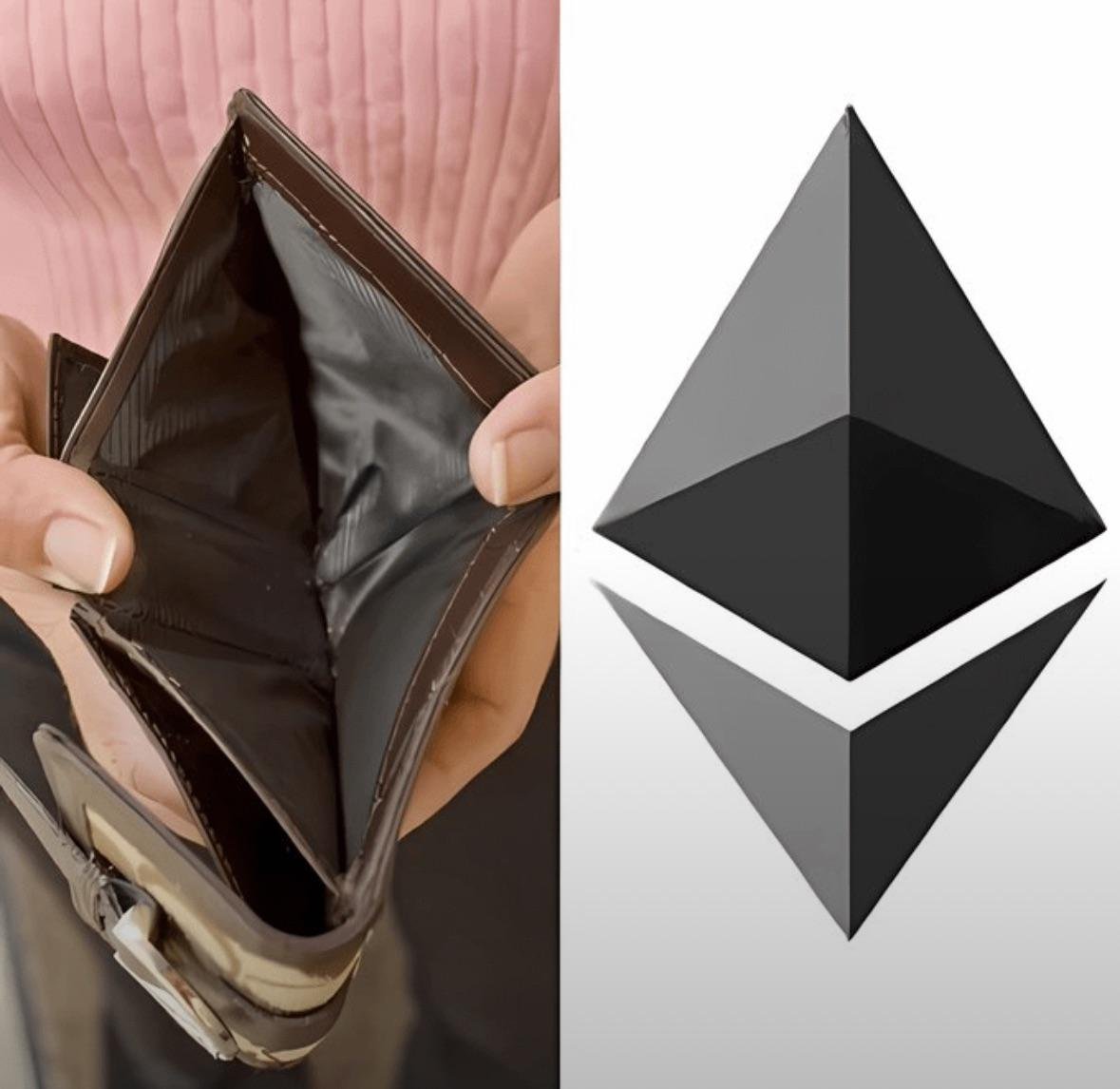
dobrodiy.nft ☻
@dobrodiy1337
Followers
411
Following
176
Statuses
69
Part of BD @SaharaLabsAI by day, building https://t.co/9gcAWCAcHX by night, shitposting - as much as I can Cycling 🚴, fashion 👖, gaming 👾, startups 💻, memes 🤡
Web
Joined June 2022
!CAREFUL LONGREAD! A little bit of reflexion and thoughts on the future of Crypto. The landscape of cryptocurrency in 2024 is marked by a delicate balance between growing pains and newfound stability. After years of volatility, crypto is finding its footing as both a disruptive force and an emerging mainstream asset. The evolution of this space is being heavily influenced by regulation, innovation, and shifting attitudes toward digital currencies. This year, many governments have ramped up their efforts to introduce clearer regulations, which, while providing some much-needed certainty, have also created friction within the decentralized ethos of crypto. Nations like the U.S. are moving toward more structured frameworks aimed at ensuring investor protection and minimizing fraud. Meanwhile, countries like El Salvador continue to push the boundaries by integrating crypto into their national economies, showcasing the global divide between progressive adoption and cautious regulation. On the adoption front, we’re seeing a marked shift in the way crypto is perceived. Major institutional investors are leaning in, incorporating crypto assets into portfolios and offering financial services tied to blockchain technologies. DeFi (Decentralized Finance) continues to gain traction, offering an alternative to the traditional banking system and challenging the status quo of centralized financial control. Another major development in 2024 is the rise of Central Bank Digital Currencies (CBDCs). Governments worldwide are exploring these state-backed digital currencies, raising new questions about how decentralized cryptos like Bitcoin and Ethereum will coexist with government-controlled alternatives. While CBDCs promise efficiency and stability, they also bring concerns over surveillance and control, which may further shape the crypto narrative moving forward. Looking to 2025, the potential for crypto is vast, but not without hurdles. The next phase will likely see continued technological advancements, with Ethereum’s shift to a more energy-efficient proof-of-stake model and greater interoperability between different blockchain networks. These innovations could pave the way for faster, cheaper, and more scalable decentralized applications (dApps) across industries like healthcare, supply chains, and entertainment. Institutional involvement is also expected to deepen in the coming year, with traditional financial players—banks, investment firms, and hedge funds—becoming more embedded in the crypto ecosystem. This could lead to a future where crypto is no longer seen just as an investment or a speculative asset, but as a legitimate method of transaction in everyday commerce. However, the journey ahead is not without its risks. Security breaches, regulatory challenges, and the ever-present volatility of the market continue to loom over the industry. How crypto navigates these obstacles will determine its role in the future. If the sector can balance innovation with solid regulatory frameworks and address concerns over security, it could find itself more integrated into the global economy. The future of crypto is still unfolding, and its ultimate role remains uncertain. Will it replace traditional financial systems, or evolve as a complementary tool in our increasingly digital world? Only time will tell. What is clear, though, is that the crypto journey is far from over—2025 could very well be the year it takes a giant leap forward into the mainstream. Please leave a comment and let others know what you think. Peace 🕊️
517
885
2K




